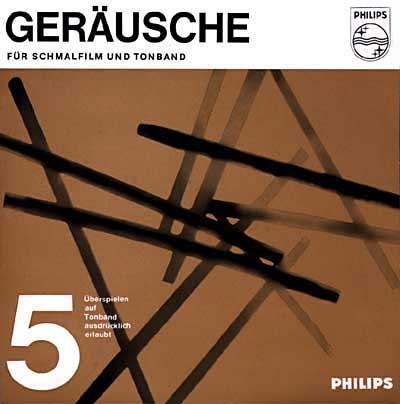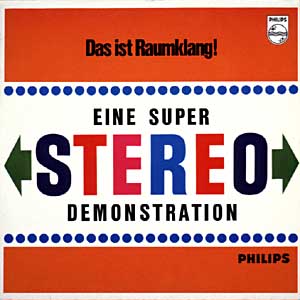
Musique Concrete - Sounds - Sound Garden
Noises in music are not evident for the first time in musique concrète. In 1913 the futuristic composer Luigi Russolo had already used industrial sirens and other sounds of daily life in his piece Risveglio di una Città (Awakening of a city). Some Dada artists also pondered the musical use of unusual tones. With his Telemusik, Karl-Heinz Stockhausen purposefully tried to separate himself from the collage like character of the music generated on tape, also represented by John Cage's Fontana mix: "Telemusik is no longer a collage. Rather a higher unity is achieved through intermodulation between old, ‘found’ objects and new sound events created by myself: a universalitiy of the past, present, and future, of far away lands and ‘spaces’." Aspects of the musique concrète continue in industrial music emphasising the noise-aspect in a much harder and more uncompromising way. Many representatives of Techno and Ambient admit to the influence of this musical form.
Weekend
In 1930 the German director Walter Ruttmann made a film that wasn't one: Weekend, a film for the ears without visual images. Produced by the state broadcasting company this film was a sound collage of a weekend in Berlin. This was the first piece of musique concrète almost 20 years before the birth of the term. Weekend was recorded on the soundtrack of a film and premiered on May 15, 1930. The radio broadcast followed shortly thereafter on the 13th of June.

Cut-ups
In the late 50’s some writers recognized the potential of the tape recorder. Brion Gysin developed his cut-up technique which was taken up by William S. Burroughs and developed further. They experimented with their own voices or with found tapes of spoken text, cut them apart rearranged them back together word by word. Sometimes they formed new words and then manipulated the tapes further. New texts and musical sound mixes were created.
Recording
Since the beginning of the record, not only music but also spoken word has been recorded (the first record was of a reading of the Lord's Prayer). Literature on vinyl was not a large but also not an unimportant part of the production in the 50's and 60's. There were some publishers that specialized in this field. The documentation of important events also belongs to this field. For example in Germany an annual series of the most important political speaches was published. Another example is the first landing on the moon. In addition, records were produced for every need, for example instructional courses of every kind, and many firms used recordings as advertisement. In the USA many obscure books were promoted on record, ideas were made public, and radio broadcasts became portable to be taken home in this format.
Heartbeat
Auscultation (audible projection of sounds that exist in the bodily chambers, especially in the heart and lungs) is made either with the naked ear or with an instrument that intensifies the sound and is used to diagnose illness of the inner organs. The recordings used to aid doctors in learning to diagnose inner illness belong to the highlights of the sound recording genre. These sounds were artificially recreated for the recordings with the attempt to recreate sounds like the heartbeat as realistically as possible. The tones and rhythms that emerged are surprising. Today these tones are digitally produced and doctors can practice on dolls with a digital heartbeat.